History originally published in AutoWeek August 5, 2002
The Opel Kadett was advertised as the “Mini-Brute,” and one could hardly argue with the first half of the nickname. The Kadett, built by GM’s German subsidiary and imported for sale in Buick dealerships, rode on a 95.1-inch wheelbase and its front track didn’t even break 50 inches. Yet in Opel Kadett Rallye (yes, it was marketed with that quaint spelling) trim, especially with the 102-hp, 1897-cc engine, the promise of its “rallye” stripe was more than delivered. Priced at $2475, Road & Track called it “a lot of performance for the money.”
But in retrospect, it’s hard to imagine the Kadett as successful. After all, Car and Driver had famously savaged it in a road test, and Opels, which were sold in the United States from 1958 until they were withdrawn in lieu of Isuzus with Opel badges in 1976, are largely forgotten by the general public. But in 1969, Opel was second in sales among imports – thanks in part to having the largest dealer network (Buick), and also to having a lineup that included a sports car (the Opel GT).
The Kadett/Rallye lineup included a basic two-door sedan and wagon, a fastback two-door sedan, the more luxurious LS coupe and the Rallye. Three four-cylinder engines were available as well, including a 55-hp 1.1-liter four, plus a 67-hp four and, optional in the Rallye, the 1.9-liter four.
History/driving impressions originally published in AutoWeek August 5, 2002; republished by the author
General Motors was master at selling the sizzle, and it hyped the extras that were standard on the Rallye, including the stripes (twin black stripes down the beltline and black panels on the hood), “running lights” (fog lights on the front bumpers), “silver” (steel) wheels with chrome lug nuts, and simulated wood steering wheel. All this was on a body that looked like a stateside GM design left in the dryer too long, with strong hints of Nova and Chevelle in the front end and C-pillars.
Certainly there was some steak under the sizzle. The aforementioned 1.9-liter four had an unusual design. Usually called cam-in-head, it had wedge combustion chambers and rocker arms, but no pushrods between the solid lifters and the cam end of the rockers. The cam was driven by a duplex roller chain with hydraulic tensioning. A two-barrel Solex downdraft carburetor was standard on the 1.9, which had a very oversquare 93×69.8-mm bore and stroke, allowing a 6000-rpm redline. Maximum power, however, came only at 5400 rpm, with 115 lb-ft of torque at 3100 rpm.
A four-speed manual transmission was standard on the Opel Kadett Rallye, with a three-speed automatic optional. The latter, a massive power sink, was best avoided. The 1.9 came with a 3.67:1 final drive ratio, compared to the 3.18:1 of lesser Opels, so the Rallye 1.9 “spins a rear wheel almost as avidly as an American V8 getting off the line,” according to Road & Track. Of course, the wheels were small even for that era of 13-inch rims, at only 5 inches bead to bead, and mounted with an almost dainty 155SR-13 tire. Well, at least they were radials.
And at least the Rallye had front disc brakes, with drums at the rear. Suspension was peculiar, with a transverse leaf spring with A-arms up front. Rear suspension had coil springs on a live axle. It was, of course, rear drive, as front-wheel drive was still limited to oddballs like Saab and Mini.
It was also a small car, as we learned behind the wheel of a 1970 Opel Kadett Rallye 1.9 owned by Glenn Dusman of Hanover, Pennsylvania. The steering wheel – simulated wood, three brushed-metal spokes at all – is set at a rather bus-like angle, the column pointed down at three rather small pedals. A fourth pedal to the left pumped the windshield squirter. It’s snug side to side, and the hood looks narrow from the driver’s seat. The seats are chair height, and the shifter truly floor-mounted. There’s not much of a console. But the Rallye comes standard with a tachometer plus a trio of auxiliary gauges under the dash. Sporting pretensions there are.
We didn’t drive this 30-year-old Opel hard, but contemporary testers achieved an 18.3-second quarter-mile and a top speed of 101 mph. Skidpad data aren’t available, but reports noted a tendency towards understeer and stable handling.
The Kadett continued for one more year, but the Rallye was dropped when the 1900 series was introduced in 1971. These would be the last true Opels sold in the United States with the Opel badge. Kadetts, as inexpensive cars, were consumed in day-to-day driving. Any surviving Kadett, particularly a Rallye 1.9, is extremely rare. Mini-Brutes maybe, but not many brutes any more.
Addendum: There’s a saying that a car is worth whatever someone is willing to pay for it, or when it comes to auctions, what two wannabe owners will drive the price up to. Jeff Zurschmeide reported in Sports Car Market about “the best Kadett of all” that was auctioned off at $21,450 at the Barrett-Jackson Las Vegas sale in September 2014. The seller had receipts for $20,000 in “restorations expenses” which means that including original purchase price, he didn’t turn a profit on it. If a Kadett Rallye has sold for more since then, I couldn’t find it. And remember, that was more than ten years ago. I suspect you can get a very nice Opel Kadett Rallye for half that action sale price, even with ensuing inflation. But whatever the price, your Kadett will be rarer than just about any Ferrari out there. And you’ll spend a lot less than any Ferrari owner will have.





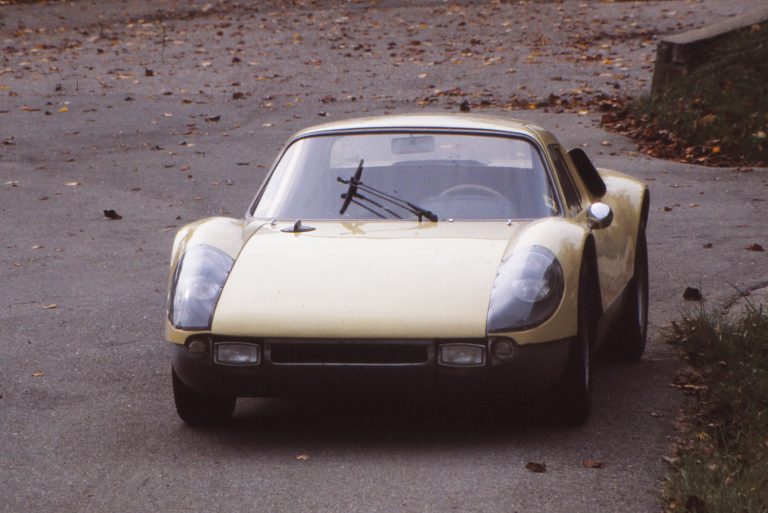
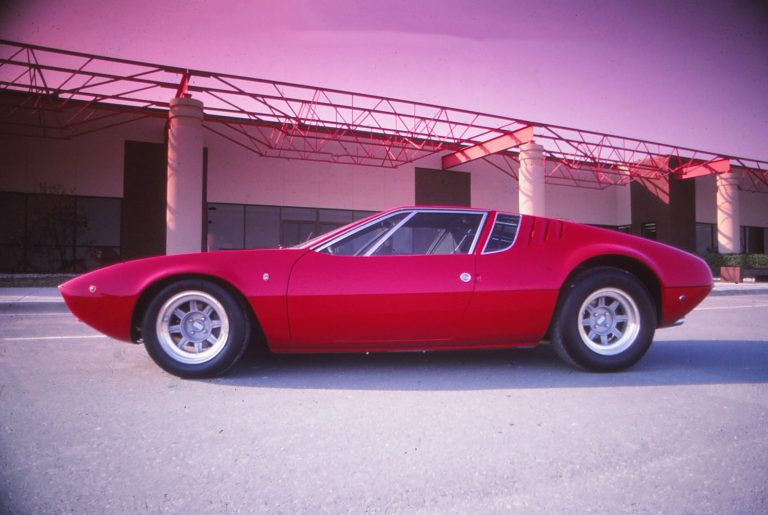
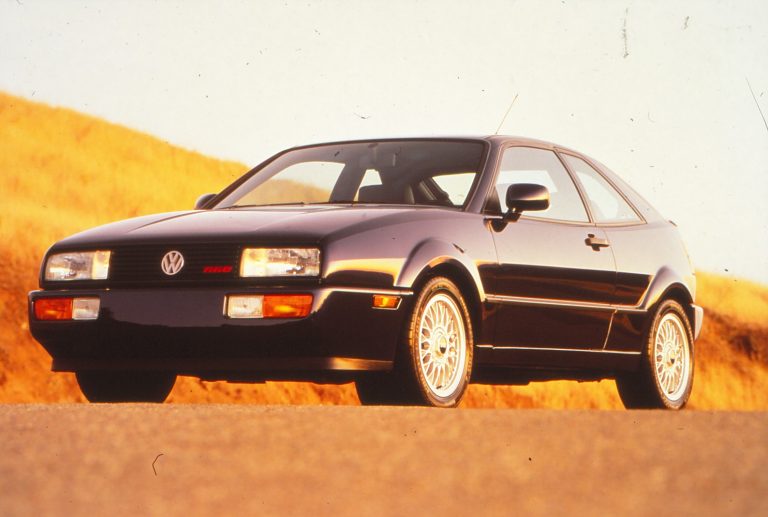
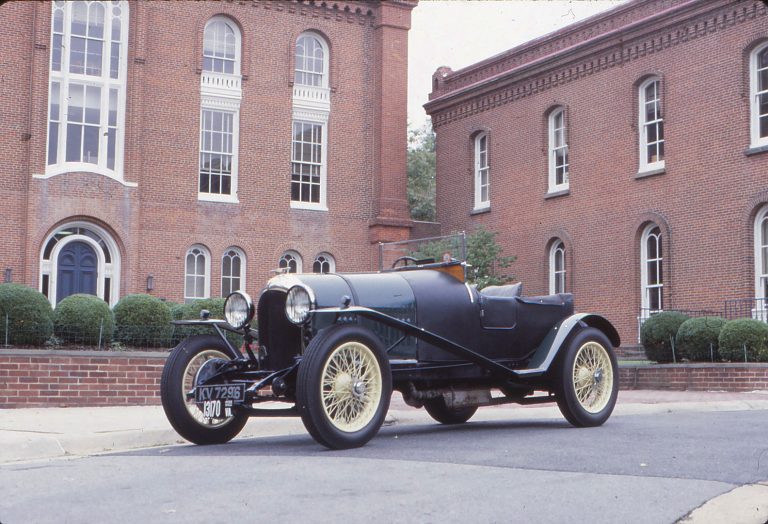
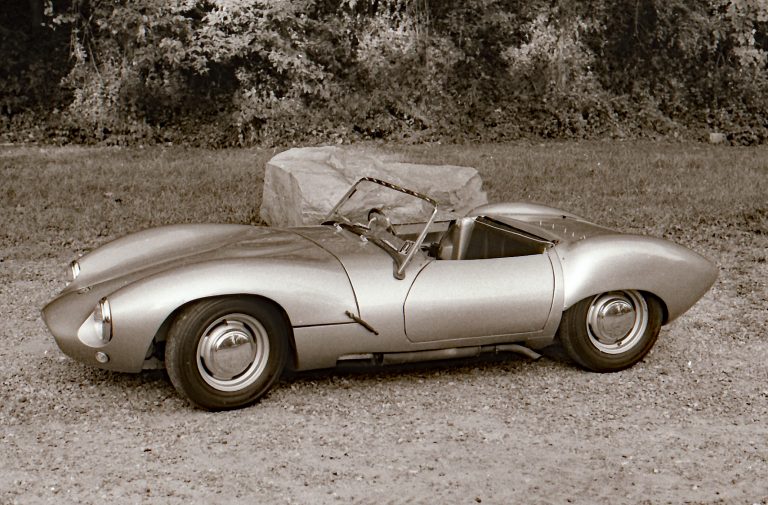
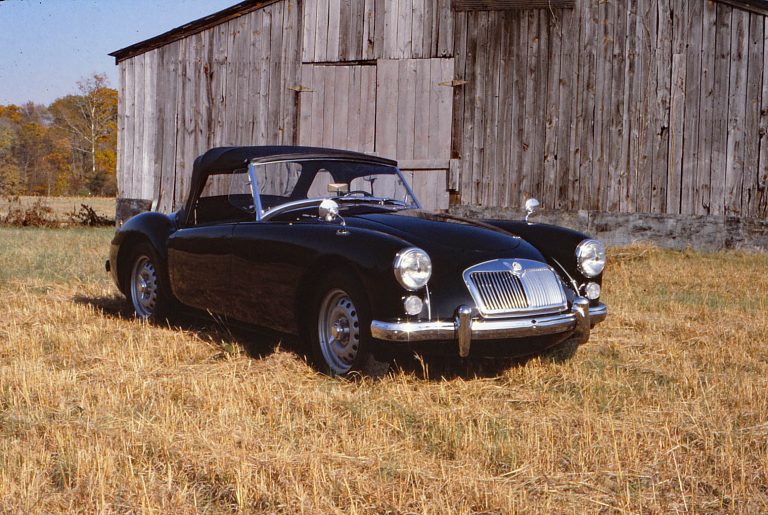
I always liked the look of the Opel GT. I had never driven one, but it looked like it would be a good driver. I always thought they looked like a mini corvette. My friend had a Kadett 1972 , and he would always drive to work way to fast. One day he wrecked it. Glad I wasn’t in it!
I worked for a Buick dealership in high school, summer job, 1965 and 1966. I drove every model of Buick from 1948 to 1966 and many other brands of cars, both foreign and domestic. I got to drive about 300 cars a month for a multitude of reasons. A dream job for a 16-17 year old kid.
I liked the Opel so much, I bought one new in 1973 for $2700 out the door. I had 2 kids by then, so it was a wagon. I loved that car. It had hydraulic lifters, so no valve adjustments and it was quiet. 1.9 litre w/4 speed…32 mpg hwy. It needed a 5 speed. I probably could have attained 40 mpg. My X got it in the divorce, I was bummed. I’d truly like to have another one today and I’d also like a 1970 model with the 1.1 litre and stick shift.
I learned to drive a stick on my neighbors Opel Kadett. I remember that the drivetrain was so loosely sprung on rubber mounts that shifting it was like holding the tiller of a tiny sailboat when surfing over the back of a whale. Yes, silver with Flat black dual wide stripes front to rear- that did not take to Turtle wax too well.
Well, that was in the late 60’s, and when “Foreign Car” was a bad word. Different, I would say, than most American lead sleds of the era. I had to balance my verbal perceptions back then- to avoid being excommunicated from the gang.
I miss all the Opels. Today, they are collectable. There is a photo on the internet with David McCallum in the “Man From U.N.C.L.E.” tv series, standing with a ’62 Opel. I’ve driven all of them in all configurations from ’57 to ’73. They were all fun each in their own way. I was about to buy a ’73 GT model brand new, but hit a financial speed bump that derailed my plans. $3,500 out the door. I’d really like to have any of them today.